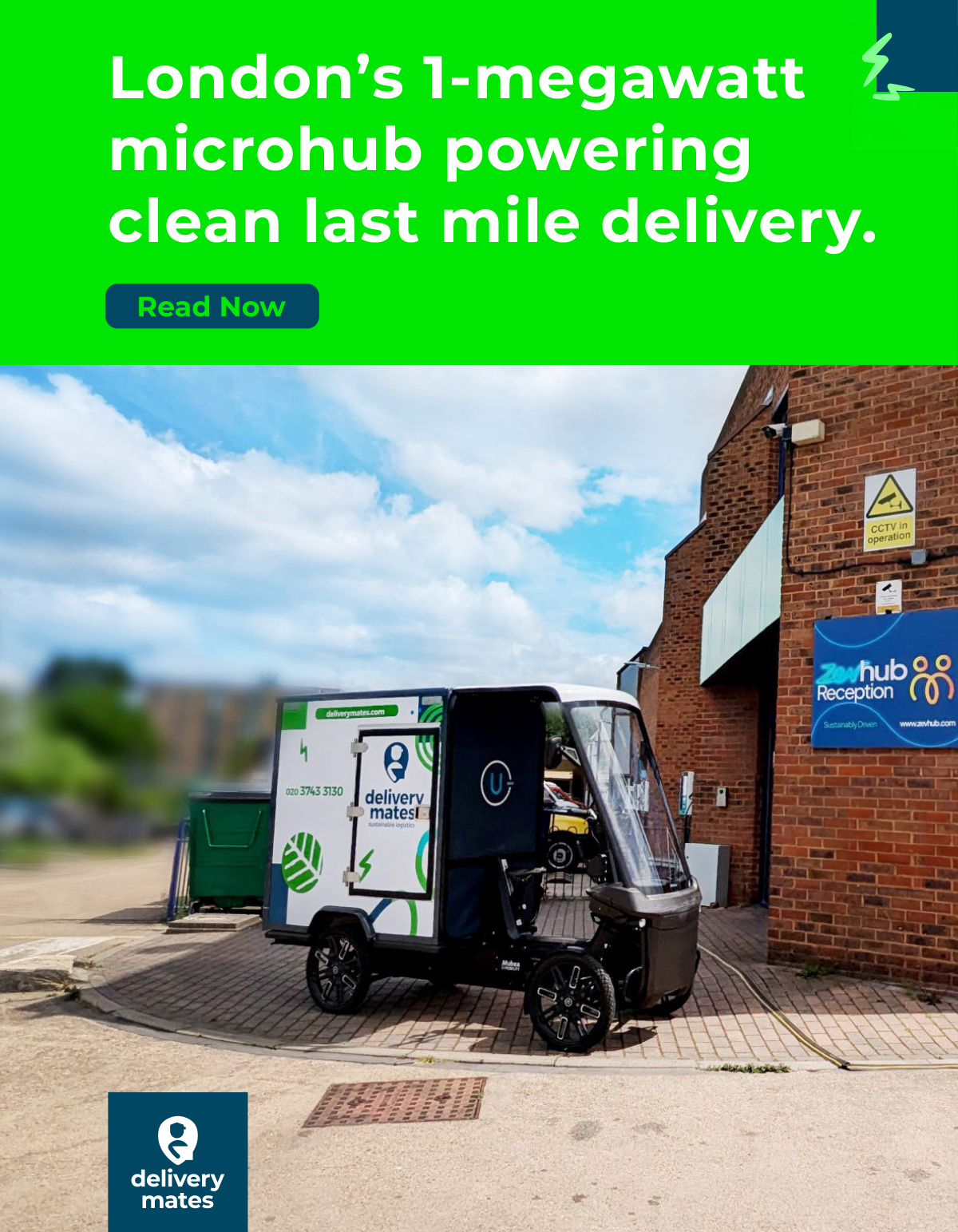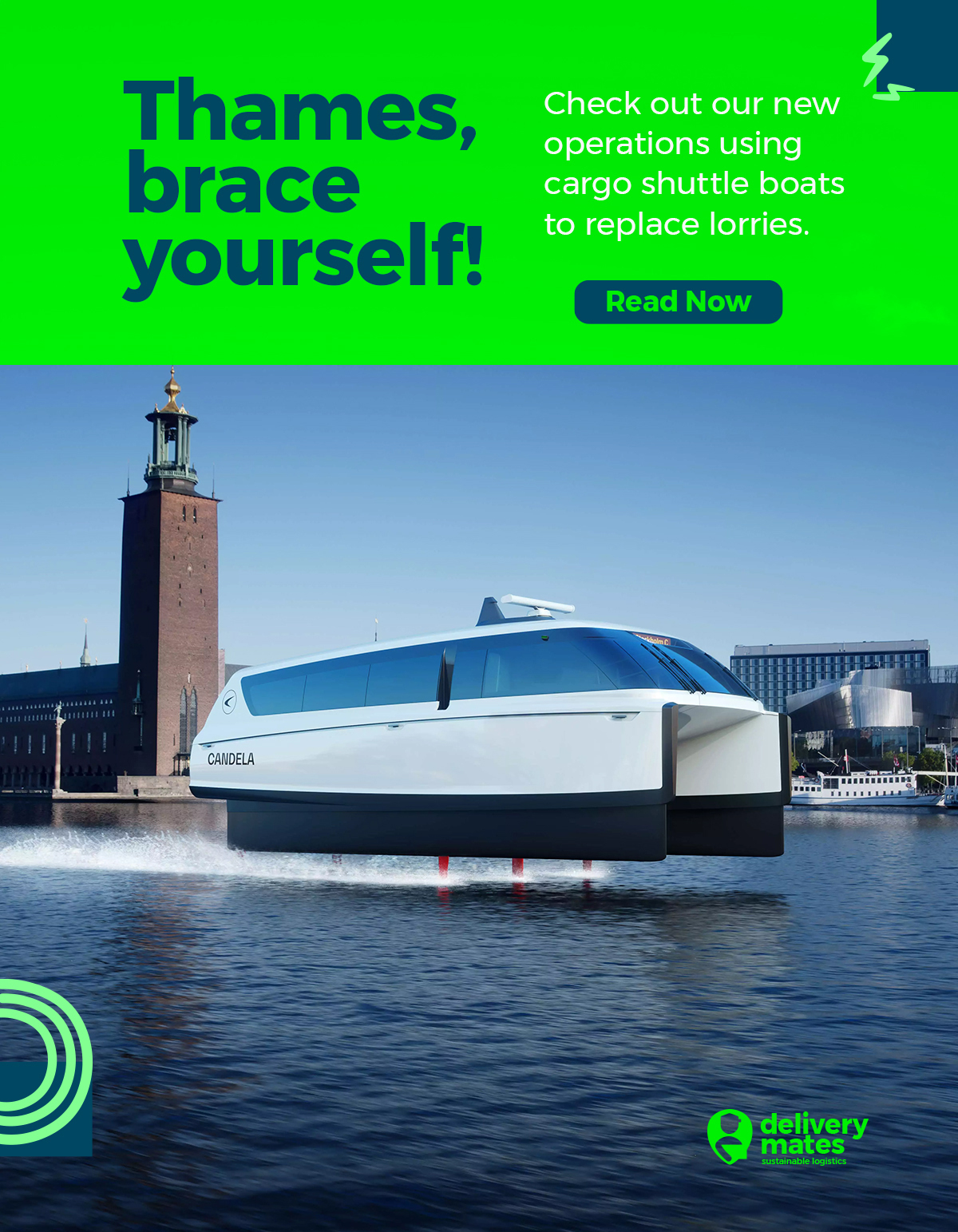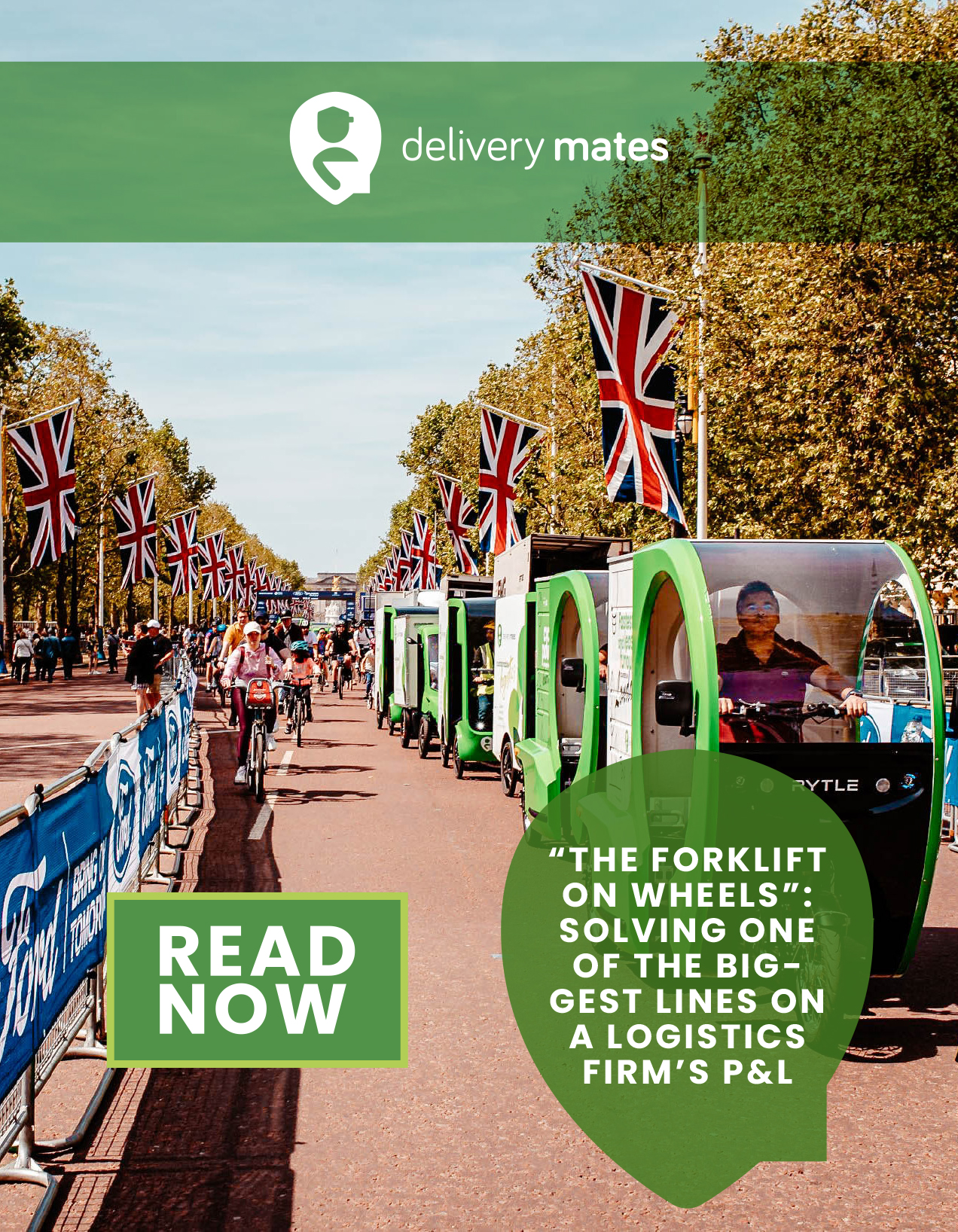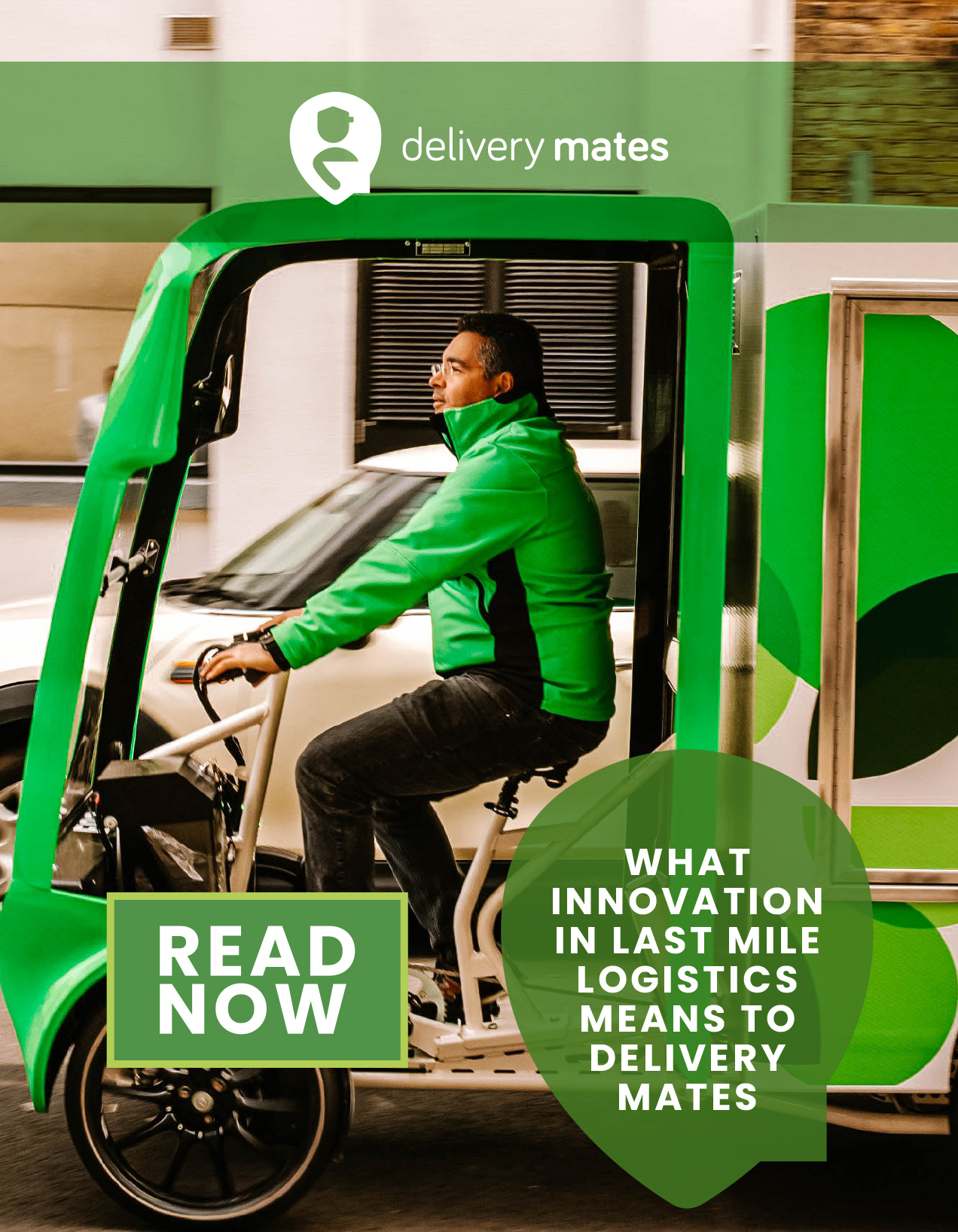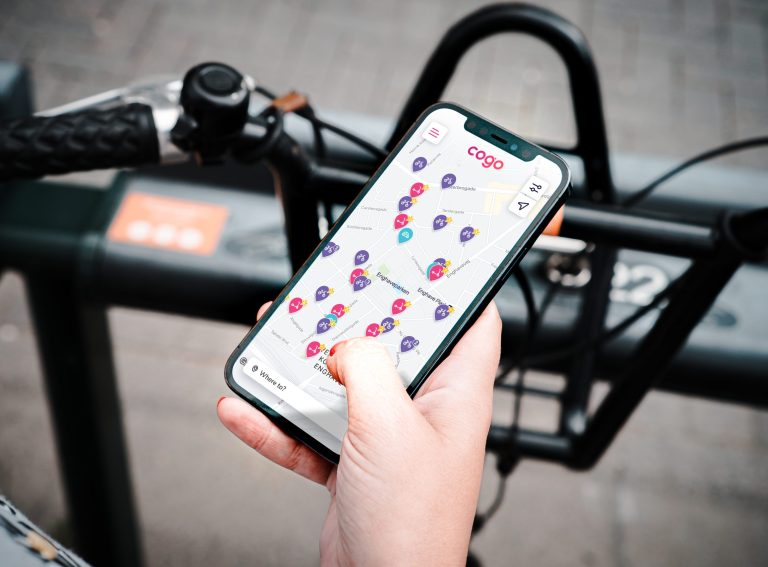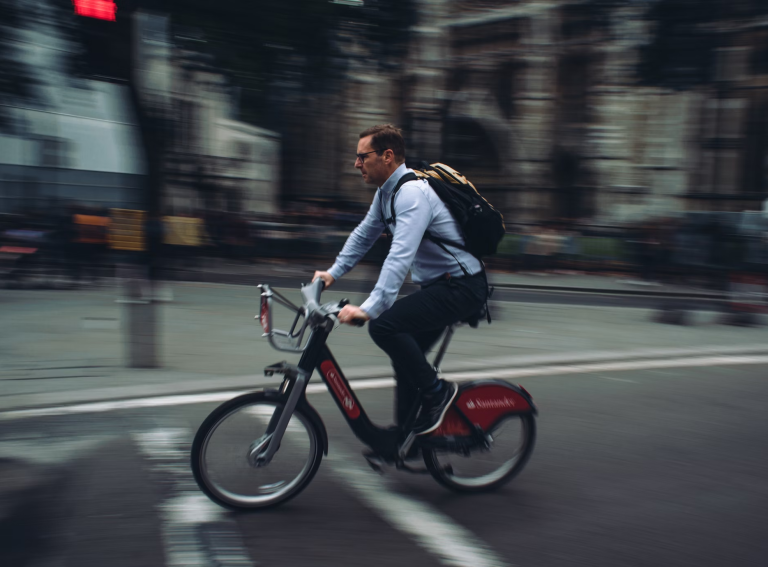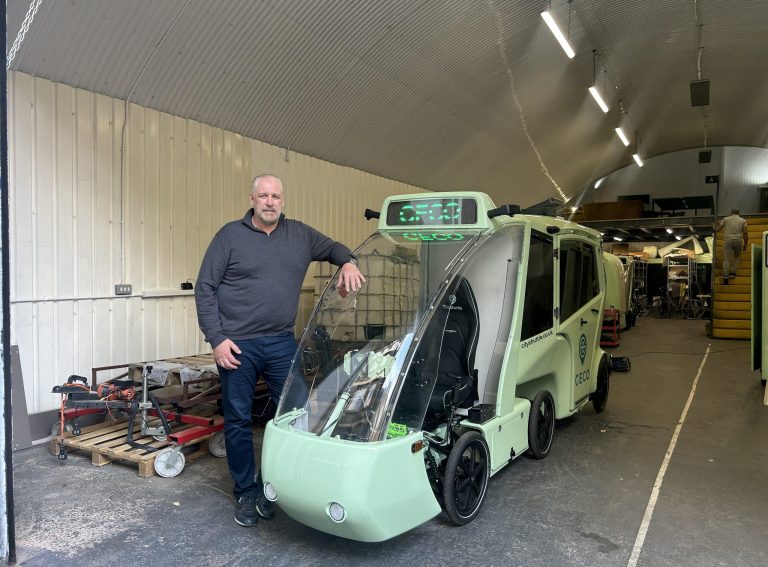Micromobility operator Superpedestrian and the Cities Today Institute (CTI), a peer-to-peer network for urban mobility and community leaders, have released a report on how e-scooters can better integrate with public transport networks across the world.
The report identifies new and existing solutions. These include mobility hubs that offer different transportation options at the same location, fare integration across modes to lower trip costs, expanding equity programmes, and deploying e-scooters to fill overnight gaps in public transit.
Covering four cities – Seattle, Milwaukee, Pittsburgh and Madrid – the report draws together government, operator and NGO experts on how to drive sustainability by making it easier and less expensive to integrate multimodal trips.
The intermodal transportation hubs would work by installing e-scooter parking at important public transit stops. This would give riders a wider set of options all in one place, making it easier for people to leave their car behind.
The solution was modelled on the ‘Move PGH’ two-year pilot currently ongoing in Pittsburgh, western Pennsylvania. This is the first system in the US integrating transit and shared mobility in both physical and digital mobility hubs, connecting all transport options into one system, claims the report.
Cities are also being urged to consider integrating micromobility fare systems with public transit fares to reduce costs for riders. This would help avoid people being charged more than once for one trip.
“Riding an e-scooter to a public transit station every day to then go to work, means you are essentially paying twice,” says Dana Yanocha, Senior Research Associate for ITDP and a contributor to the study. “You’re paying for the scooter trip and then the public transit fare which is not really affordable for people on an everyday basis. Increasing uptake and multimodal use is not realistic without some sort of fair integration with transit.”
Deploying e-scooters when public transit is closed at night or to fill overnight gaps was a further recommendation put forward in the report. Superpedestrian’s e-scooters for instance are available 24 hours a day in most cities it operates in. This therefore makes the service valuable for riders working night shifts or who need to leave early in the morning for work.
Commenting on the report, Jamie Perkins, Director of Communications at Superpedestrian told Zag Daily: “City officials are increasingly viewing micromobility as a real form of transportation and as a key connecting mode to public transit. At Superpedestrian, we’re also interested in how micromobility can be a tool to get more people on public transport. This report lays out a foundation for realising the promise of micromobility as a first and last mile connector to transit.”

